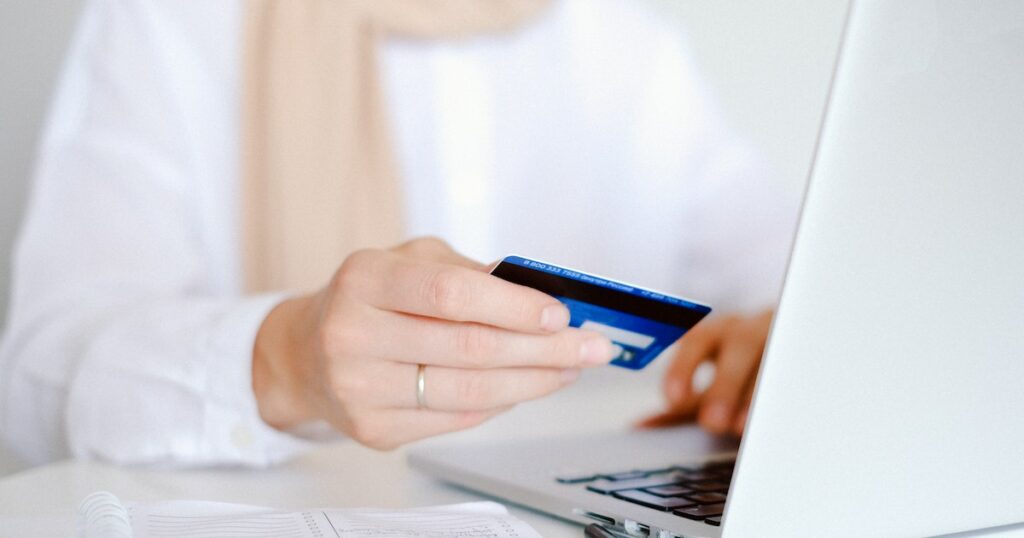Learn 13 Tips for Practicing Safe Online Banking

Don’t forget to:
• Sign out or lock your device (s).
• Keep up with recent developments in technology and fraud news.
• Don’t give anyone else access to your gadget (s).
• To further protect your electronic equipment, you should use a password or personal identification number (PIN) to access it. Make sure you take your time and think things over thoroughly before you make one of these. Don’t use things like anniversaries, birthdays, or any part of your Social Security or driver’s license number, your home address, or the names of your children or spouse. It’s likely that identity thieves have at least some of these details.
11. If you’re using a broadband connection, number eleven is to use a firewall. A firewall is an electronic or software barrier that prevents hackers from accessing your network and computing hardware. If you utilize a broadband connection (like a cable modem or a DSL line), you should keep a firewall running at all times because you are more vulnerable to attacks because your connection is always on. Windows® XP, Vista, and Apple’s OS X, among others, all offer firewall protection that can be activated if necessary.
12. Maintain up-to-date contact information. Whenever you have a change in your contact information, such as a new address, primary email, or phone number, be sure to let your bank know. In order to make changes to your contact information, you can use online banking.
13. Reduce your exposure to identity theft by switching from paper to electronic. Removing unnecessary items from your mailbox will reduce the risk of identity theft, as thieves can easily access mail left in a mailbox throughout the day.


